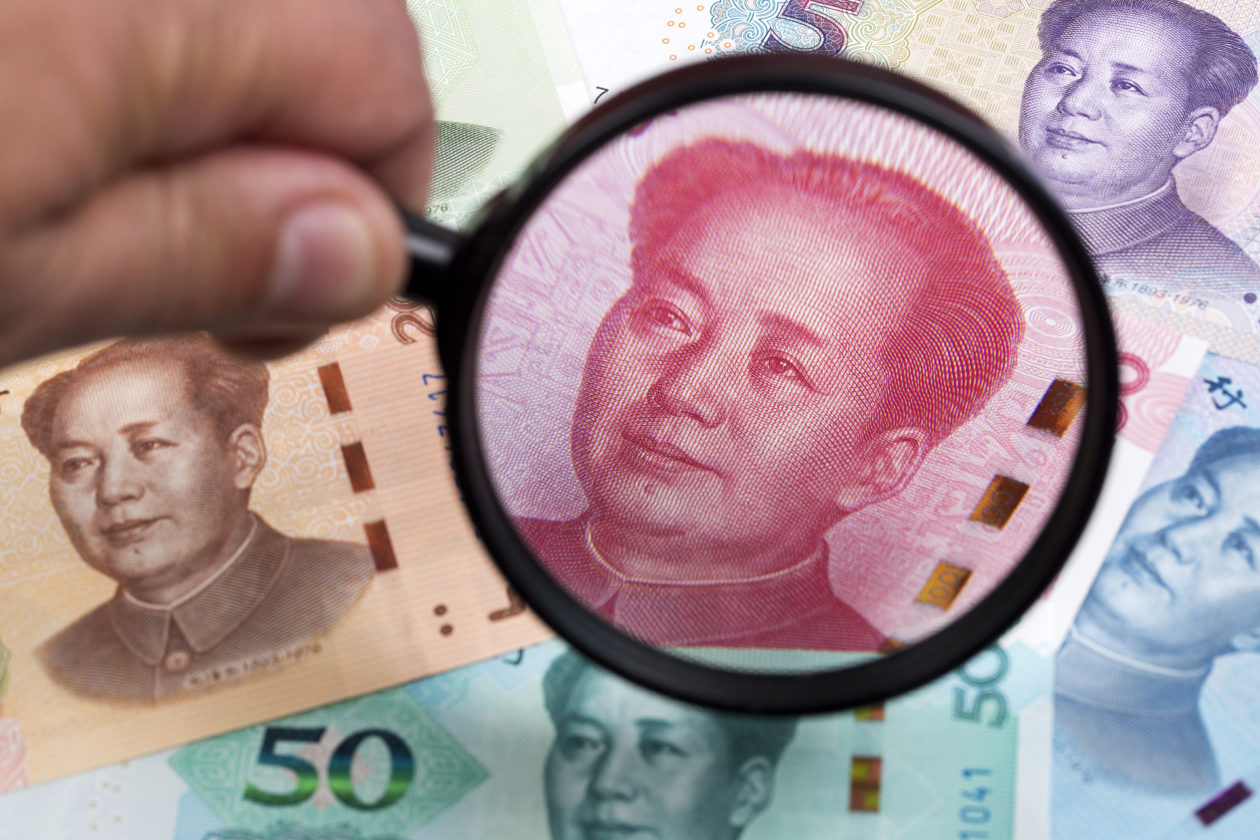The world of crypto may be dazzling, but central bank digital currencies are not boring by far. During his testimony this week, U.S. Federal Reserve Chairman Jerome Powell said the bank’s anticipated paper on digital currencies will be published in the next few weeks. It is a key release, as I discussed previously, because the Fed launching a digital dollar has ramifications for the global digital payment system and financial markets.
The focus of the European Central Bank’s digital euro project is on retail CBDCs that create the possibility for individuals to use central bank money as though it were digital cash. (The counterpart, wholesale CBDCs, are for the settlement of transactions between banks and other financial institutions.) If current trends persist, central banks could find it compelling to accelerate building digital infrastructure for retail CBDCs.
China has taken a pole position in launching a digital currency. For other central banks this poses a dilemma. The popularization of the digital yuan could be a tailwind for future globalization of China’s currency in capital markets. China may launch digital yuan pilot zones with its trading partners, which could in turn help lift the yuan’s status as a global settlement currency. The e-CNY, as the digital currency is officially known, could set in motion a trend of de-dollarization, or emerging markets companies and governments moving away from U.S. dollar markets for external funding.
If China prioritizes economies that it has trade deals with for digital yuan pilot projects, such as members of the Regional Comprehensive Economic Partnership or countries it has free trade agreements with, the e-CNY becomes suddenly a fierce competitor to the U.S. dollar. The e-CNY may be used for consumption initially and circulate in designated trade areas that fit China’s foreign policy, with controls to preserve financial stability. For example, it could circulate within China’s Greater Bay Area and free-trade zones, then overseas in offshore yuan-settlement centers and Belt-and-Road Initiative economies.
The scope of globalization of a digital yuan as the next-generation reserve currency is significant. Since a high point during China’s last currency reform and its inclusion in the International Monetary Fund’s reserve assets program Special Drawing Rights in 2015, the yuan has regressed as a settlement currency, with its share of China’s cross-border trade settlement still mostly below 20%. As a payment currency, its share among international payments via SWIFT is still below 2% as of the end of October. It is just the fifth most-used currency. Even if its role as a reserve currency has been growing, it is still far behind the dollar. While the yuan’s share among global FX reserves rose to a record 2.6% at the end the second quarter 2021, this is still way below the dollar’s 59.2% share. Similarly, overseas investors held only about 4% of yuan bonds, lower than the near-30% share in the case of dollar bonds.
In two separate posts, the St. Louis Fed and the New York Fed published analysis on central bank digital currencies. In its blog Liberty Street Economics, N.Y. Fed economists concluded that by not issuing a CBDC, a central bank could risk its role of providing money to the public as the private sector develops a digital payment system. St. Louis economists noted that CBDC research is centered on retail technology such as the private wallet apps Apple Pay and Google Pay. By 2023, the Federal Reserve is planning to launch FedNow, a retail instant-payment system, and upgrade the existing two-tier bank payment system for 24/7 clearing and settlement.
St. Louis Fed economists also note that China’s expansion in digital payments bucks the trend in other countries because its financial sector swiftly implemented digital payment technologies with the support of the Chinese government. The U.S. and other developed economies are still far behind China, where private mobile payments transactions such as through AliPay and WeChat Pay totaled $35 trillion for more than 1.2 billion users in 2019, according to the St. Louis Fed. This is why the Federal Reserve, ECB and other major central banks are likely to speed up development of retail CBDCs. As China is ahead in digital but behind in its popularity as a reserve currency, the e-CNY is a key event for the global financial system.




